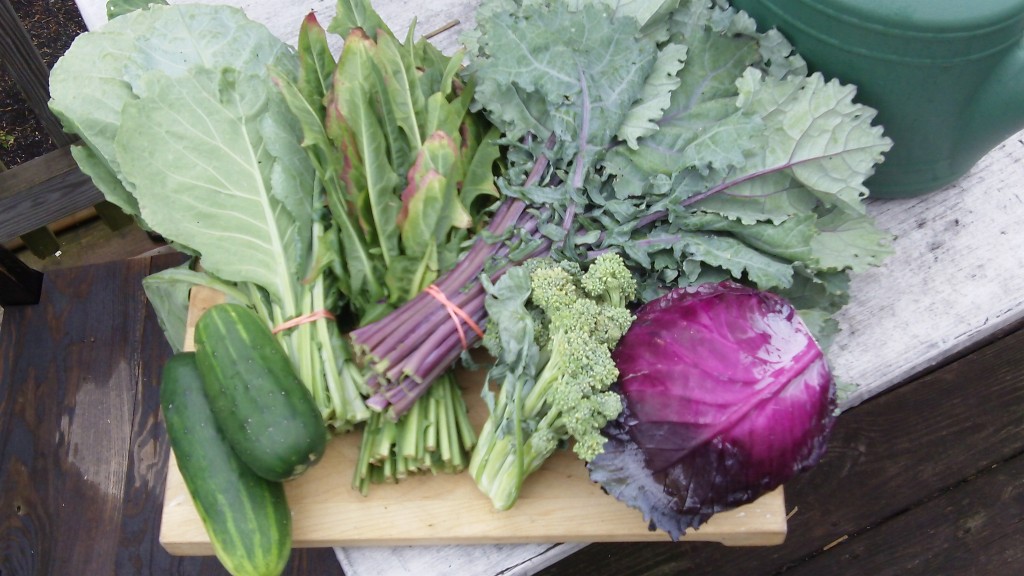Smart Ways to Save Your Summer CSA for Colder Temps
Every Monday I pick up my CSA (community supported agriculture) food share from Pennypack Farm (685 Mann Road, Horsham). I have a regular share size that I split with my sister. It’s sustainably grown, organic produce that usually lasts me all week.
When I went to pick up my share this week, my sister told me I could keep all of the produce since she was scheduled to deliver her baby the next day and knew she wouldn’t be home to prepare it. It was all mine! But what was I going to do with all of it? Many of us are faced with this dilemma week after week as we watch our good-intention purchase of fresh produce rot away in the bottom of our refrigerator. Well, there is a pretty simple solution: Freeze it!
Yup, it’s pretty much that easy. It always amazes me that my generation is not only out of touch with their food and where it comes from, but also that they’re misinformed about the modern marvel that is the freezer. (Contrary to popular belief, it was not created for the sole purpose of housing frozen pizzas, Klondike bars and Lean Cuisines.) Refrigeration has been around since the late 1800s for the purpose of preserving foods—naturally. Freezing foods gives us access to fresh, local food all year long – food that we grew and picked ourselves or produce we purchased at a local farm.
To freeze your summer veggie bounty is quite simple. Most produce (think peppers, squash, and broccoli) can washed, dried, sliced into the whatever size you’ll want to use them at (diced, chopped, etc.) and tossed in a freezer bag or tuperware and tossed in the freezer. Berries can be washed and dried and then frozen on a baking sheet; to store, place in freezer bag or container and pop ’em back in the freezer until you need them. Greens, on the other hand, are best when blanched (boil for a minute or so), soaked in an ice bath, chopped, and then frozen. For fresh herbs, chop finely after washing and drying, fill the compartments of an empty ice cube tray with the chopped herbs and fill with water. Freeze, and then pop out cubes and store in a bag or container in the freezer for individual servings of herbs you can use throughout the year. The exception to this rule is basil, which will turn black when frozen. Solution? Make a simple pesto by pureeing basil, olive oil, and sea salt in a blender or food processor and then freezing the paste in ice cube trays the same as you did above (just don’t add water this time). And presto, frozen pesto! Get as creative as you want with the basic pesto and you’ll have a fresh, delicious base to add to any meal whenever you want.
So go ahead and load up on all the fresh goodies you can get now. With some minimal planning, you’ll be able to add them to soups, stews, pasta dishes, and stir-frys all year long. You’ll save money and have locally grown, nutritious fruit and veggies all year round. Like Rachel Ray says, de-lish!
Maura Manzo is the Managing Director of RYAH Yoga and Health in Conshohocken. She is also a certified health coach and yoga teacher. To learn more about her classes and workshops, visit mauramanzo.com or ryahyoga.com. Read her full bio here.



